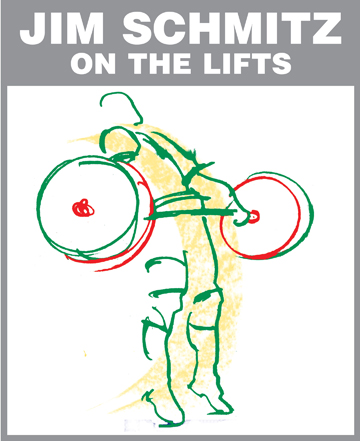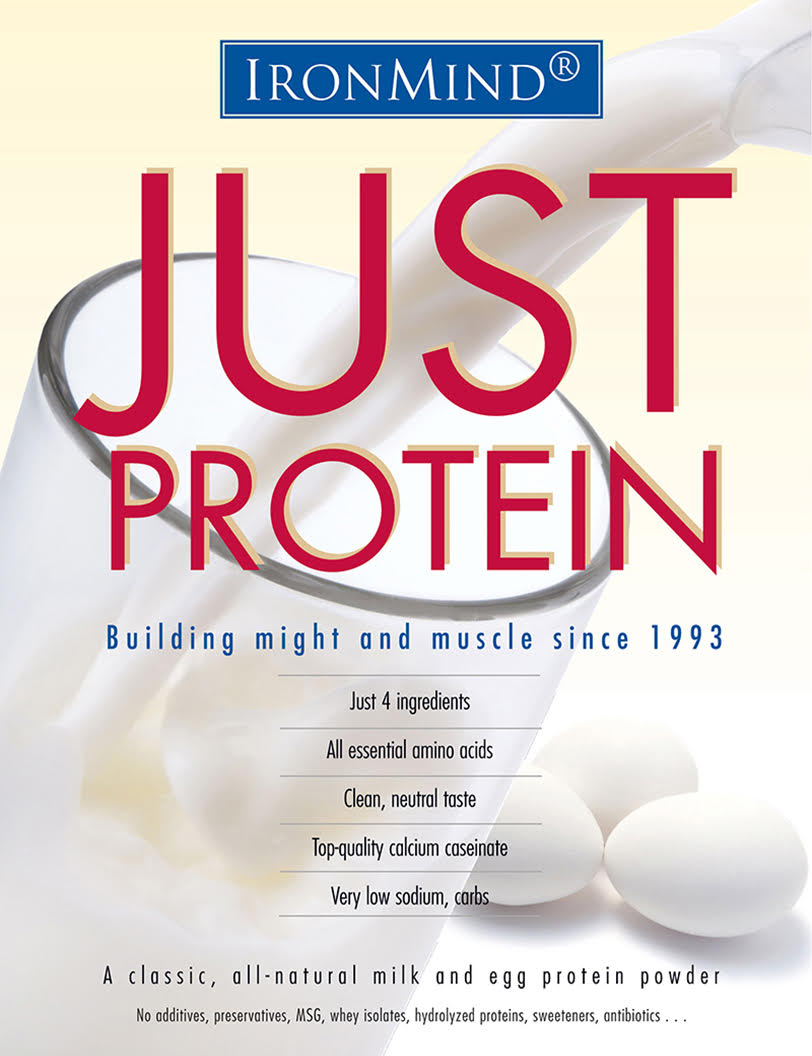
U.S. Olympic Weightlifting Team Coach 1980, 1988 & 1992 Author of Olympic-style Weightlifting for Beginner & Intermediate Weightlifters Manual and DVD
I have a framed list of names on my gym wall titled SIX FOR SIX CLUB. It is a list of lifters whom I have trained who have successfully made all their attempts in a national or international competition. Twenty-eight different people have made this list since Dan Cantore (1972 & 1976 Olympian) went six for six at the 1974 Nationals. Thanh Nguyen (1996 Olympian) has done it four times. Mario Martinez did it at the 1984 Olympics setting an American record total and winning the silver medal in the process.
Making all your attempts at major competition and performing your best is a very difficult thing to do. However, that’s what makes one a great weightlifter, the ability to make your attempts when it counts the most.
In my opinion, the greatest performance by an athlete in the Olympics was done by Yurik Vardanian (URS) at the Moscow 1980 Olympics. He weighed 81.7 kg and snatched 165, 172.5, and 177.5; he clean & jerked 205, 215.5, and 222.5 for the first 400-kg total by a light heavyweight, 82.5-kg class. Yurik’s snatch, clean & jerk, and total were world and Olympic records. And what was even more impressive, he totaled more than all the 90’s and all the 100’s, and would have placed third in the 110’s and fifth in the super heavyweight class. Notice the big jumps between attempts—talk about confidence and it’s not where you start, but where you finish!
The next best Olympic Games performance, in my opinion, goes to Naim Suleymanoglu (TUR) at the Seoul 1988 Olympics. In the featherweight (60-kg) class, he did 145, 150.5, 152.5, 175, 188.5, and 190 for a 342.5 total, which was more than the lightweight’s (67.5 kg) winning total of 340. However, Naim shattered the world records seven times, two snatches, two clean & jerks, and three totals. I saw this performance and it was just fantastic.
Another great Olympic Games performance was done by Kaki Kakashvilli at the Barcelona 1992 Olympics in the 90-kg class. Kaki did 170, 175, and 177.5 and was 12.5 kg behind Sergei Syrtsov. They were both lifting for the former Soviet team now called CIS and/or EUN. Kaki clean & jerked 220 and 225 to secure the silver medal and needed to jump 10 kg to the present world record of 235 for the win. No one thought he would do it—too big a jump—but do it he did, and he won the first of his three Olympic gold medals.
Ronny Weller (GER), 110-kg class, also must be mentioned for his six for six performance in Barcelona. He was in second place after his snatches of 185, 190, and 192.5. In order to win he had to make all his clean & jerks: 225, 235, and 240, a PR.
The greatest performance by a female goes to two women: Mi Ran Jang (KOR), 115.17 kg, and Shuangshuang Mu (CHN), 135.6 kg, at the 2007 World Championships in Chiang Mai, Thailand. They both went six for six. Jang snatched 130, 135, and 138; Mu snatched 131, 136, and 139. In the clean & jerk they both opened with 171, and then Mu did 177 and Jang did 178; Mu then did 180, forcing Jang to do 181, which she did. Mu got the world record in the total because she did it first, but Jang won the gold medal in the clean & jerk and total on bodyweight. This was extremely exciting as these two women were really fighting it out—the lead changed hands eight times. It was the first time I’ve seen the first and second place lifters go six for six, tie in the total and have bodyweight decide the winner, at any level.
And then there was Galabin Boevski (BUL) in the 69-kg class—he went an incredible 18 for 18. He won the 1999 European Championships with successful lifts of 150, 155, 160, 182.5, 187.5, and 192.5 for 352.5. Then he won the 1999 World Championships with 155, 160.5, 165, 185, 190, and 196 for 357.5. Next he won the Olympics in 2000 with 150, 155, 162.5, 185, 190, and 196.5 for 357.5. His first miss in two years was his second attempt in the snatch at the 2001 World Championships; he then missed his third attempt before making three clean & jerks and winning his second World Championships.
I’m sure there could be many grand arguments about “all-time best performances,” but the above are what I consider the best. The point of this little discussion is to stress the importance of selecting your competition weights and attempts realistically, based on recent training and recent competition results. I have one more anecdote of success: I train a local beginner lifter named Chris Wong who went seven consecutive contests (over a two-year period) without a miss, 42 for 42 before he missed an attempt. At each contest he achieved personal records, so he wasn’t just taking it easy in order to make all his lifts.
It’s an old saying, “make three snatches, two clean & jerks and then think about your competition.” I don’t know who said that or where I heard it, but I say it a lot now, especially to beginners. Another saying is, “your first attempt is your last warm-up.” Because I stress making all your attempts, some people think I am suggesting starting too light. Well, I believe, “start light, finish heavy” like Yuri Vardanian!

















